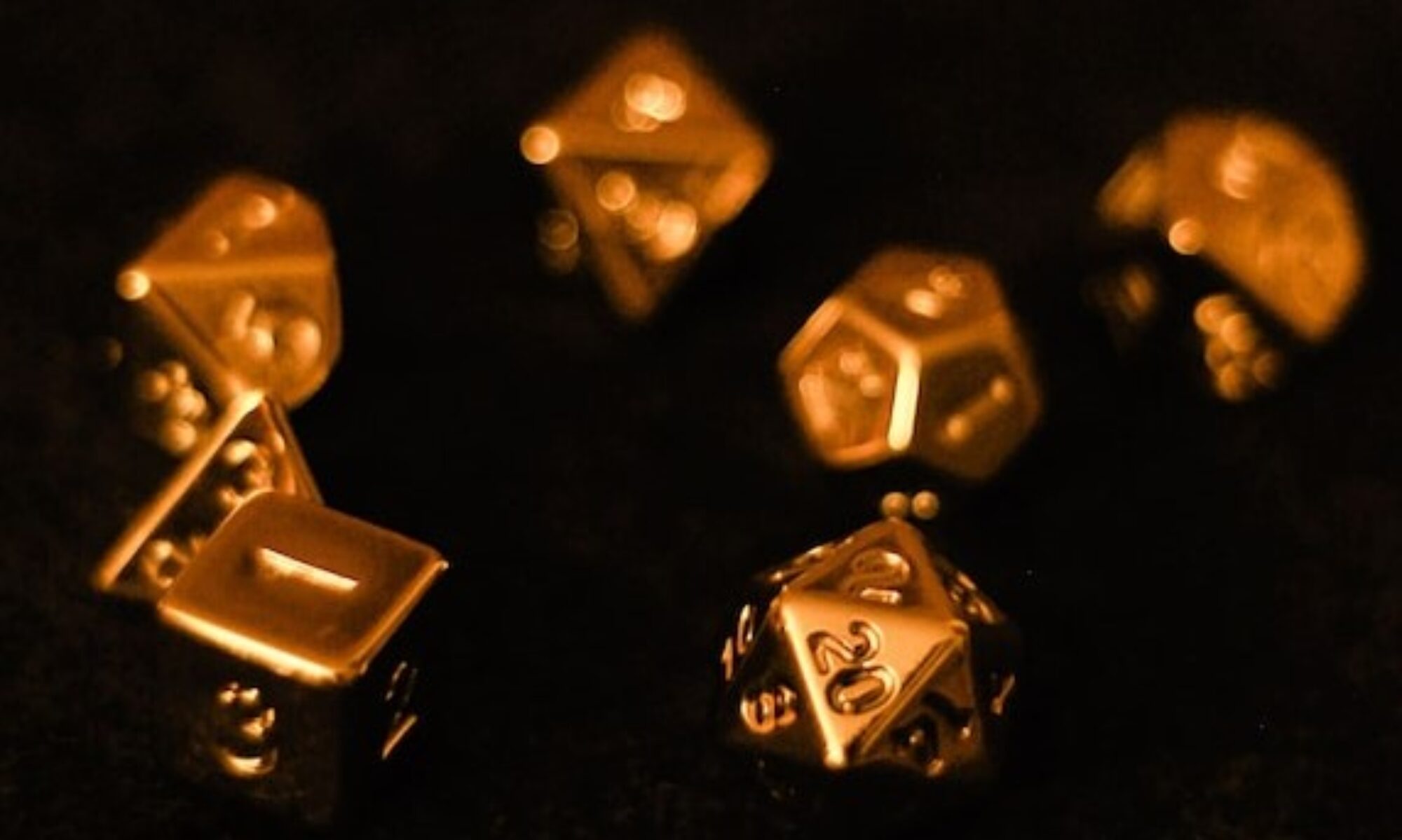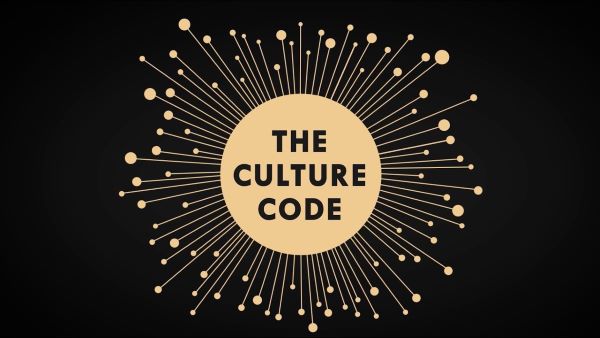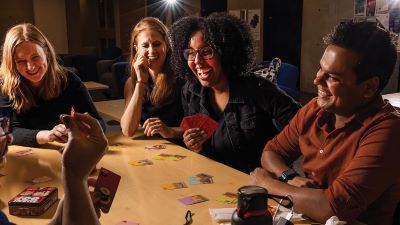Tabletop hobbies like Dungeons & Dragons (D&D) and Warhammer often come with a reputation for being pricey. Between rulebooks, miniatures, dice, paints, and accessories, it’s easy to see why. But how does the cost of D&D and Warhammer stack up against other pastimes? More importantly, are they really as expensive as they seem when you consider the value they provide?
Let’s break it down and explore why these hobbies might just give you the best bang for your buck.
That Initial Sticker Shock
When you’re starting out, the cost of D&D and Warhammer can feel like a big investment:
- Dungeons & Dragons: A core set of rulebooks (Player’s Handbook, Dungeon Master’s Guide, Monster Manual) can cost around $150. Dice and accessories might add another $20–$50.
- Warhammer: A starter set can range from $100–$200, and paints, brushes, and additional miniatures can easily push your spend to $500 or higher.
That’s no small sum. But let’s compare this to other popular leisure activities.
Cost Comparisons: Hobby vs. Entertainment
1. Cinema Nights
A single movie ticket averages around $15. Add popcorn, a drink, and maybe a snack, and you’re looking at $25–$30 for about two hours of entertainment.
- Annual Cost: If you go to the cinema twice a month, that’s $600+ a year.
- Value: While a great movie is enjoyable, the experience is fleeting, and you leave with nothing tangible.
2. Video Games
A new video game costs about $60, and you might buy 3–4 games a year. Factor in subscriptions like Xbox Game Pass or PlayStation Plus ($120/year), and your annual expense can climb to $300–$400.
- Value: Video games can provide dozens of hours of entertainment, but they’re often solo experiences and offer limited creative engagement.
3. Sports and Fitness
Joining a gym or a fitness class can cost over $100 per month, depending on where you live. That’s in excess of $1,200 a year. If you play a team sport, equipment and league fees can add hundreds more.
- Value: Great for health and social interaction, but the cost often doesn’t include tools for creative or intellectual growth.

The Bang-for-Your-Buck Advantage of D&D and Warhammer
Dungeons & Dragons
- Initial Cost: $150–$200 for core books and dice.
- Recurring Costs: Minimal. Many players stick with the same materials for years, and free resources (like online tools and community content) reduce the need for further purchases.
- Hours of Fun: A single campaign can last months or even years, with weekly sessions that provide hours of entertainment.
The Math: If your group plays weekly for a year (50 sessions), and your setup cost is $200, that’s $4 per session. Compare that to a $15 movie ticket for just two hours!
Reduce your Costs: As a player the cost of D&D can be minimized. You can get away with buying only the players handbook and some dice. There are always second hand versions available reducing the initial cost even more.
Warhammer
- Initial Cost: $300 for a starter set, paints, and brushes.
- Recurring Costs: New miniatures and paints can add to the cost, but many players focus on building their collection gradually over time.
- Hours of Fun: Painting and customizing models alone can provide dozens of hours of creative enjoyment, not to mention the hours spent playing battles with friends.
The Math: If you spend 50 hours painting and 50 hours playing in a year, a $300 investment works out to just $3 per hour. That’s incredible value for a hobby that combines art, strategy, and social interaction.
Reduce your Costs: Of course there is a thriving second hand market for all things Warhammer. Facebook market place and Ebay have huge discounts on pre-loved armies and units. Another way to reduce cost is to start with a smaller game like Kill Team. This skirmish game needs only 10-12 models for an army reducing the initial set up to below $80.
What You Get That Other Hobbies Don’t
1. Creative Engagement
Both D&D and Warhammer are deeply creative hobbies. Writing campaigns, role-playing characters, painting miniatures, and designing battle strategies engage your mind in ways passive entertainment simply can’t.
2. Social Connection
These hobbies are built around shared experiences. Whether it’s laughing with friends at the gaming table or bonding over a close-fought battle, the social value is immense.
3. Lifelong Skills
- D&D: Enhances storytelling, improvisation, teamwork, and leadership.
- Warhammer: Builds patience, artistic skills, and strategic thinking.
4. Tangible Rewards
When you finish painting a miniature or complete a campaign journal, you have something to show for your time—something you created with your own hands and imagination. There aren’t many (if any) mainstream entertainment activities that can give you that.
Finding Value on Any Budget
You don’t need to break the bank to enjoy these hobbies. Ways you can further reduce your costs include:
- For D&D: Free rules are available online, and many campaigns can be played with just a few dice and a borrowed handbook. Theater-of-the-mind play eliminates the need for minis or maps.
- For Warhammer: Start small with a single squad or box of miniatures. Community groups often trade or sell models, and plenty of budget-friendly paints and tools are available.
The True Value of Hobby Time
Yes, the cost of D&D and Warhammer can be expensive up front. But when you break it down, the cost per hour of enjoyment is actually incredibly low compared to other forms of entertainment. Even better, these hobbies offer something that movies, video games, and gym memberships can’t: a blend of creativity, community, and personal growth.
So, next time someone raises an eyebrow at the price of a rulebook or a box of miniatures, remind them of this: the value of a hobby isn’t just in dollars spent—it’s in the countless hours of joy, connection, and self-expression you get in return.



